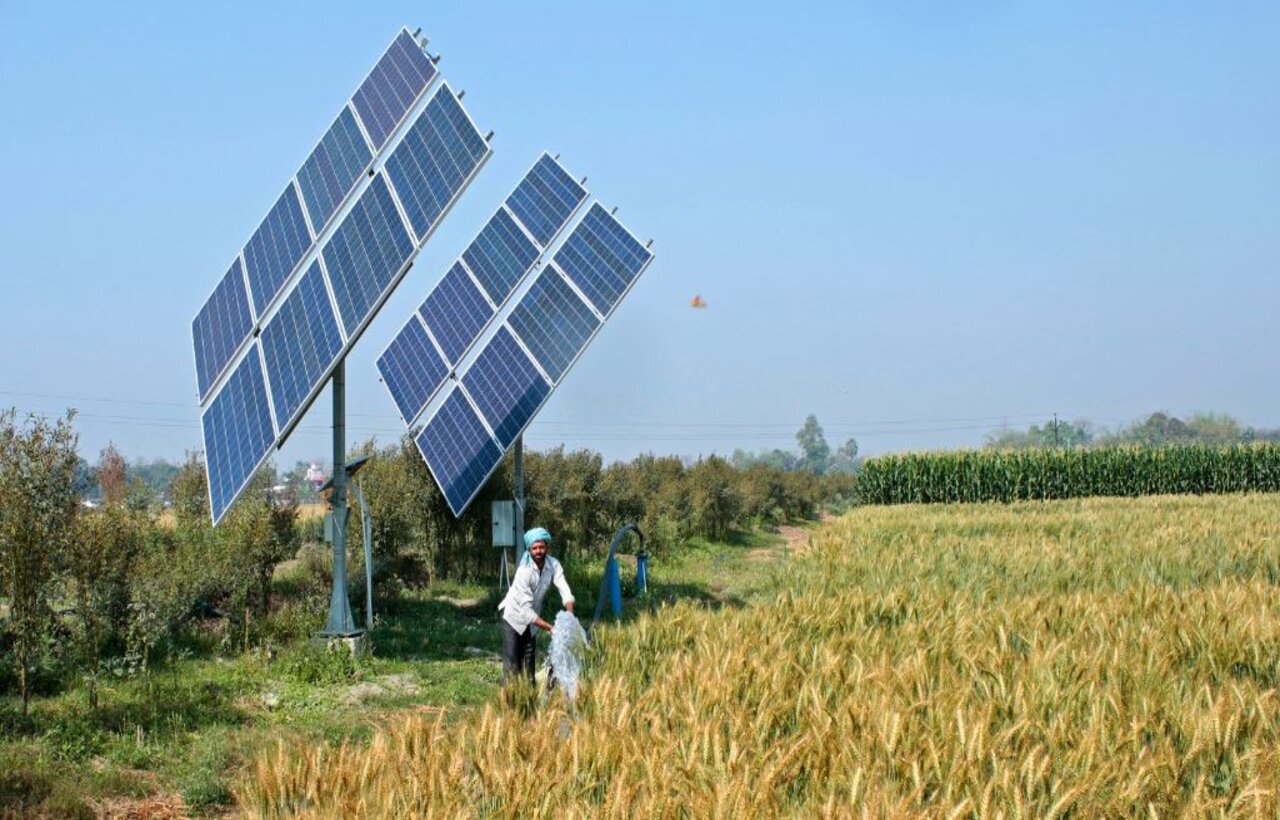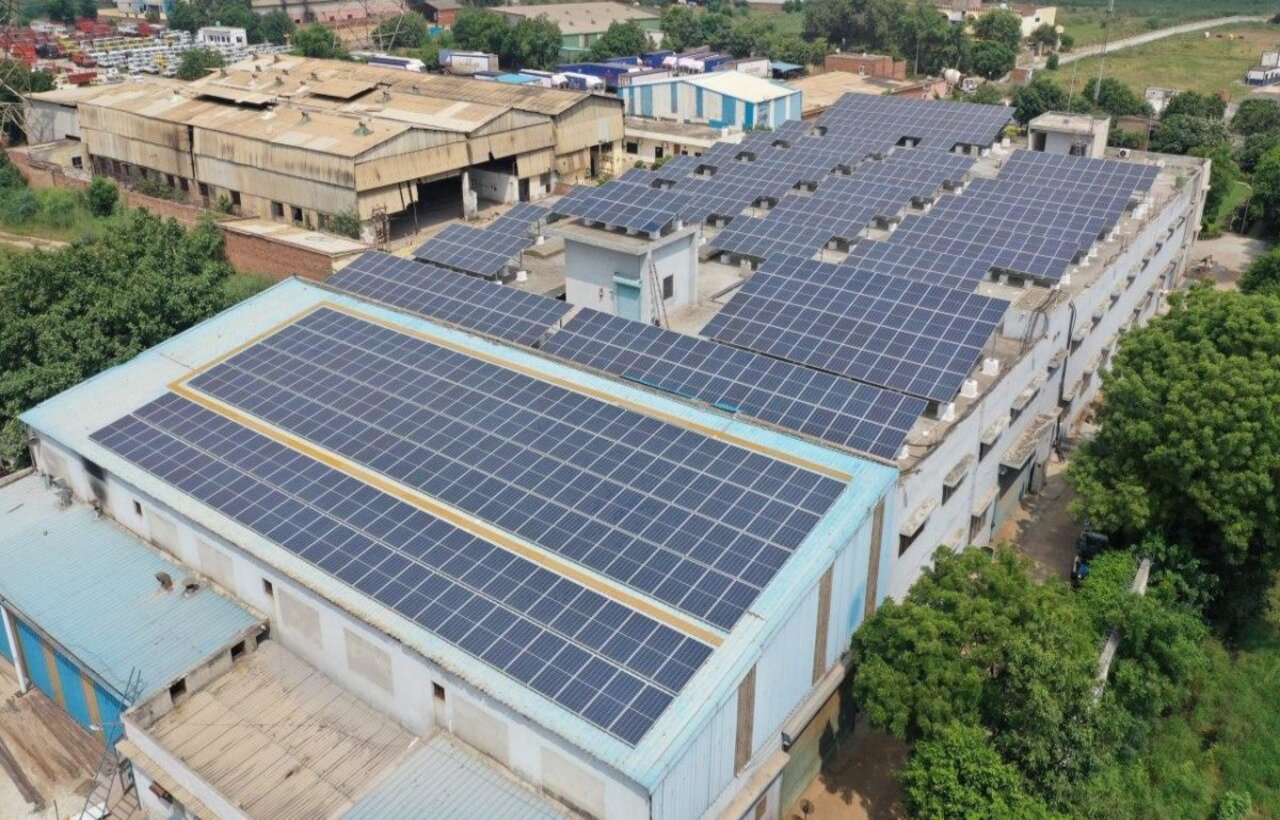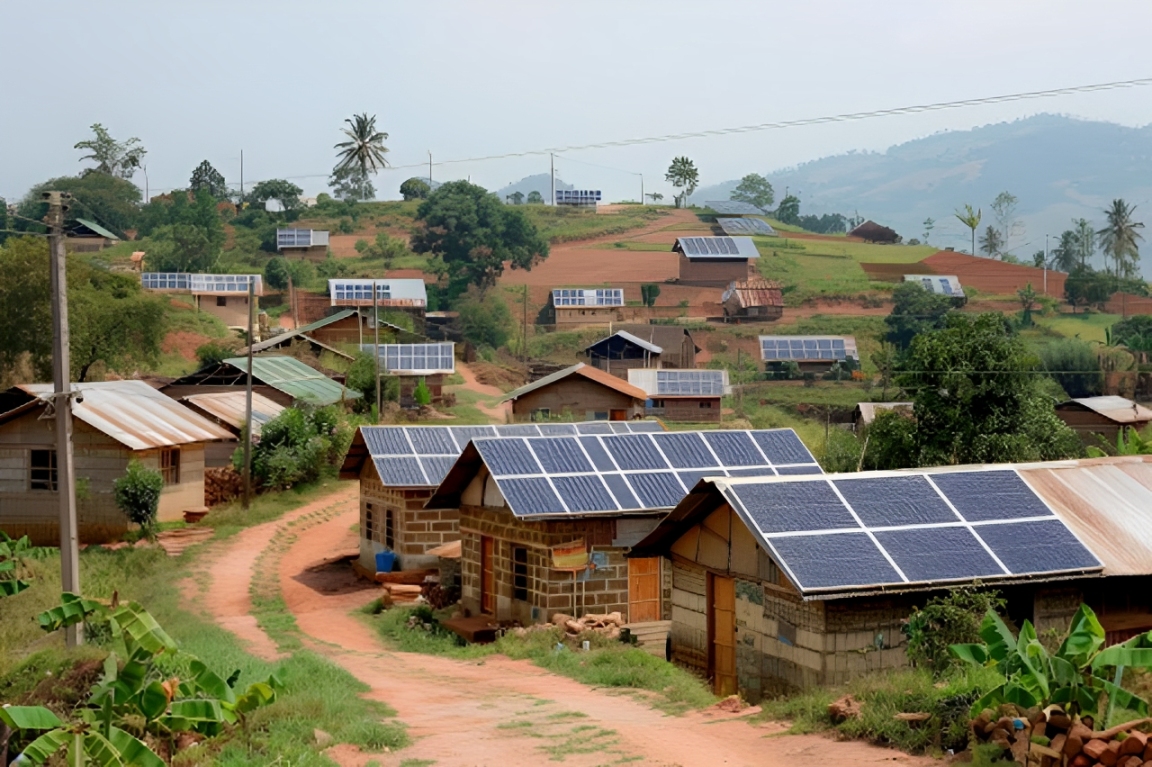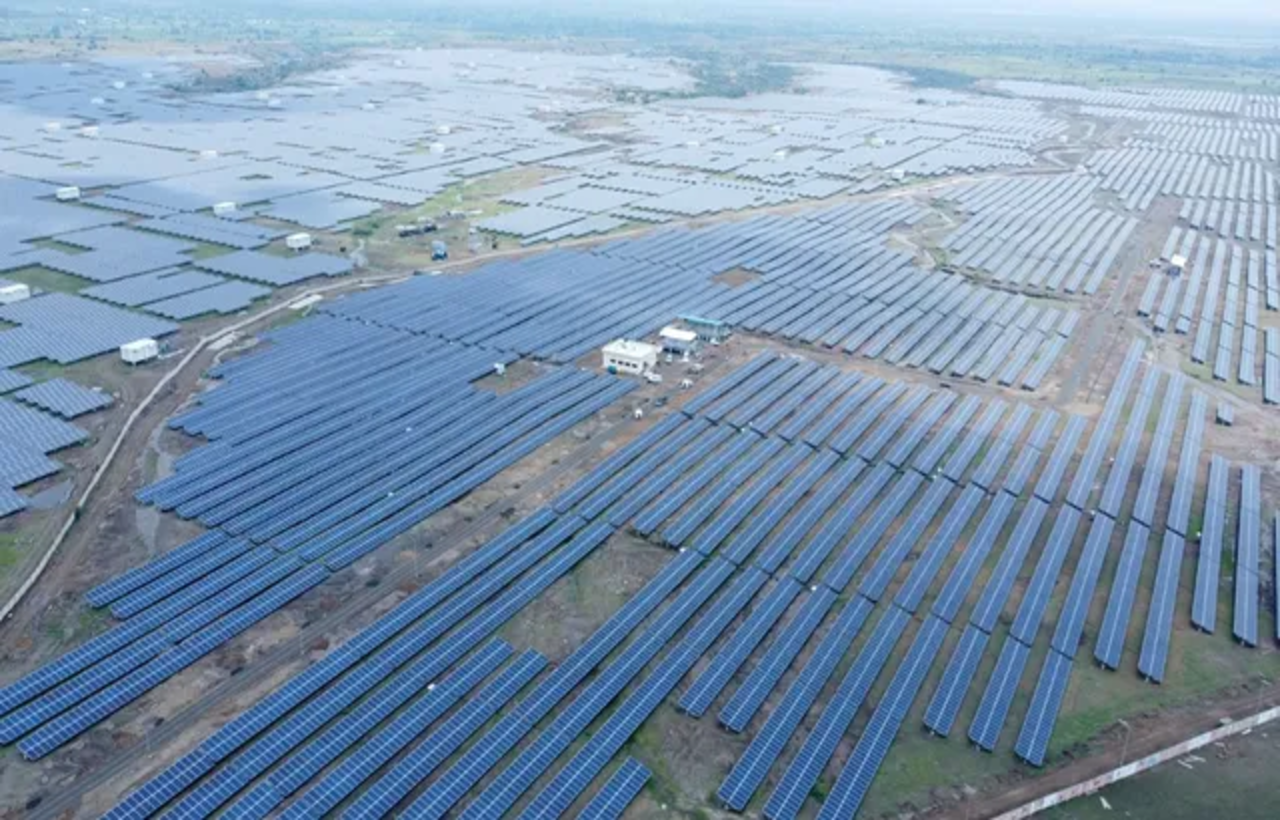For many farmers in India, irrigation costs are a major concern. Rising diesel prices and unreliable electricity make farming more expensive and less predictable. Solar-powered irrigation reduces costs, provides reliable water access, and supports sustainable farming.
For millions of farmers in rural India, this is possible with the Pradhan Mantri Kisan Urja Suraksha evam Utthaan Mahabhiyaan (PM-KUSUM) scheme. Started in 2019 by the Government of India, it’s helping farmers switch to solar energy, making it affordable and profitable.
Cost of Setting Up a Solar-Powered Irrigation System
Installing a solar-powered pump requires an upfront investment. The main costs include:
- Solar panels – Convert sunlight into electricity.
- Pump and motor – Draw water from the ground or a water source.
- Battery or inverter (optional) – Stores power for later use.
- Installation and setup – Costs depend on location and system size.
A 5HP solar pump system (suitable for small to medium farms) may cost around ₹2.5 – ₹3 lakh before subsidies. Larger systems for bigger farms cost more.
While this may seem expensive, solar pumps have low running costs. Farmers do not need to buy diesel or worry about rising electricity prices. Over time, these savings add up.
How the PM-KUSUM Scheme Works
1. Subsidy of up to 60%
- The central and state governments cover up to 60% of the system’s cost.
- This reduces the financial burden on farmers.
2. Bank loans for 30% of the cost
- Farmers can get low-interest loans to cover another 30%.
- This means they only pay 10% upfront.
3. Sell excess electricity
- Farmers who install solar panels larger than their pump’s needs can sell extra power to the grid.
- This creates an extra income source.
For example, a 5HP solar pump costing ₹3 lakh may only require an upfront payment of ₹30,000, with the rest covered by subsidies and loans.
Long-Term Savings for Farmers
Switching to solar irrigation leads to major cost savings.
- No fuel costs – A diesel pump uses about 3 liters of diesel per hour, costing ₹250 per day for 4 hours of operation. Over a year, this adds up to ₹75,000+ in diesel costs. Solar pumps eliminate this expense.
- Low maintenance – Solar pumps have fewer moving parts than diesel pumps, leading to lower maintenance costs.
- Income from excess power – Under PM-KUSUM, farmers can sell extra electricity to the grid, turning their solar system into a source of extra income.
Overall, a solar irrigation system pays for itself in 5-7 years through savings and incentives.
Why Should Farmers Switch to Solar?
✔ Lower costs – Save on diesel and electricity bills.
✔ Reliable water supply – No dependence on power grids.
✔ Government support – Subsidies and low-interest loans make it affordable.
✔ Environment-friendly – Solar reduces pollution and supports sustainable farming.
✔ Extra income – Sell surplus electricity for additional earnings.
With rising diesel prices and increasing electricity costs, solar irrigation is the future of farming in India. The PM-KUSUM scheme makes it easier for farmers to adopt solar and enjoy long-term financial benefits.
Low progress, loan delays, and lack of know-how are issues. The PM-KUSUM scheme aims to help 3.5 million farmers get solar pumps by 2026.
By investing in solar today, farmers can secure their future, reduce costs, and make agriculture more sustainable.



